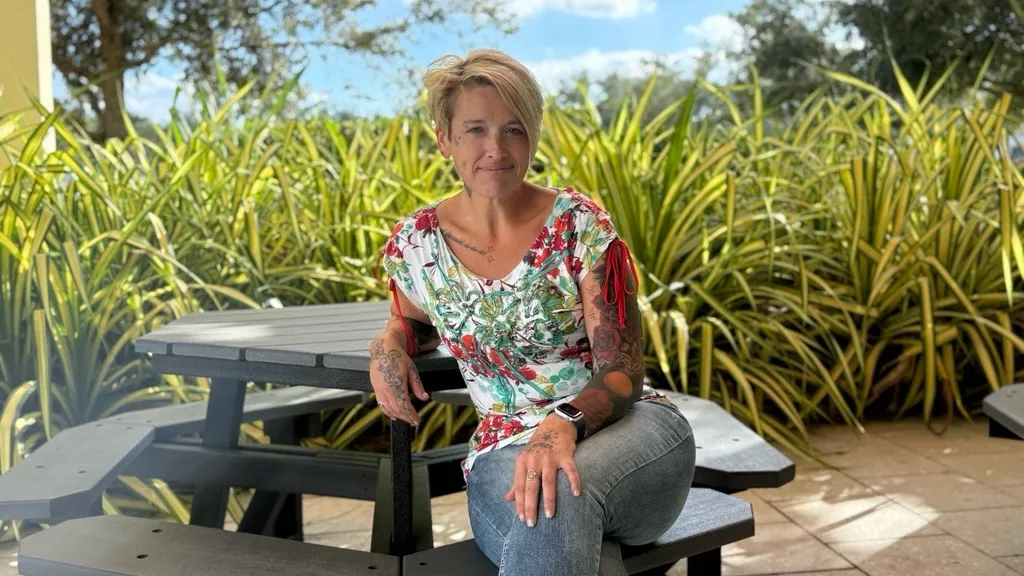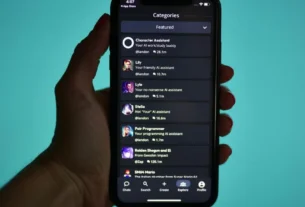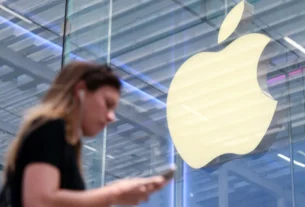Read also:
- Israeli strikes in Gaza kill 104, health ministry says, after Hamas accused of killing soldier
- Jamaicans start to reveal devastation as hurricane causes floods, power cuts and splits city in two
- S Korea announces lowering of tariffs as part of new US trade deal
- AraTheJay Unveils “The Odyssey”, A 17-Track Journey of Self-Discovery and Triumph
- Government Imposes Moratorium on Independent Biometric Systems
Ana Faguyin Sarasota, Florida
Chantille Manuel has spent the past five years transforming her life.
The Florida resident has celebrated five years in recovery for addiction, she has lost more than 140lbs (64kg), and has started her own businesses, a beauty salon.
Despite all these successes, Ms Manuel has struggled to put food on the table and depends on food assistance from local churches and the US government alike, to keep herself fed.
“I don’t want to have to have help from anybody, I want to be self-sufficient,” she says.
She is one of the more than 40 million Americas who may not get essential food assistance after Saturday, because of an ongoing government shutdown caused by the inability of Congress to agree a new funding deal.
The Supplemental Nutrition Assistance Program (Snap) is used by one in eight Americans – including Ms Manuel – and plays a vital role in how many people purchase their groceries. It works by giving people reloadable debit cards that they can use to buy food.
But officials who oversee the programme say they will not have the funds to pay full benefits from 1 November.
Ms Manuel spent the last of her October Snap money last week on essentials like coffee, creamer and tuna.
She could not pause to consider whether or not the government would find a solution before Saturday when she made her purchases.
“It’s either going to be there or it’s not,” she says. “So I might as well get what I need right now.”
Earlier this month, the Trump administration declined to draw on a contingency fund that would have continued benefits, saying this was needed for potential emergencies such as natural disasters.
At any rate, even those contingency funds would not have been enough to fully resolve the issue. They would only cover about 60% of a single month of benefits payments, according to the Center on Budget and Policy Priorities (CBPP), a think-tank focused on policies that help low-income families.
Democrats and Republicans have disagreed over using the contingency funding to at least ease the situation.
Democrats have argued that the Trump administration has already secured funding for other essential services during the shutdown – such as keeping up payments to members of the military – so could do the same with Snap.
Trump’s Republicans, meanwhile, say that Snap will receive its funding once again if Democrats reopened the government – seeking to blame the opposition party for an impasse which is now in its fifth week.
On Tuesday, Democrats in the US Senate introduced legislation to continue to fund Snap during the shutdown. It remains unclear if that has enough votes to pass.
While lawmakers in Washington continue to play the blame game, the “fundamental safety net” of Snap hangs in the balance, says Hanna Garth, a Princeton University professor who studies food insecurity.
“Many users make very little money, even though they work,“ she says. “And so it becomes this critical lifeline that keeps families out of deep, deep poverty. It can also be the tipping point that moves some families above the poverty line.”
Because these funds might not be replenished from Saturday onwards, many Americans will have to turn to other places to get food – like food banks.




